International Yoga Day is in a few months! In our quest to align mental and physical health, we bring you six simple yoga poses that help release trapped or difficult emotions.
“You know that you should not feel this way, but your body keeps getting hijacked into feeling intolerable sensations and emotions.” ― David Emerson, Overcoming Trauma through Yoga: Reclaiming Your Body
When we hear the term trauma, we think it is caused by extreme mishaps like wars, accidents, or abuse. But trauma can be caused by any event that threatens our sense of security or well-being, overwhelms our capacity to cope or respond, and leaves us feeling fearful, hopeless, or rudderless.
Dr. Bessel Van Der Kolk, a Boston-based psychiatrist and expert on PTSD, defines trauma as, “We have learned that Trauma is not just an event that took place sometime in the past; it is also the imprint left by that experience on mind, brain, and body.”
Trauma can cause emotional tension to get stored in various parts of our body and can cause energetic blockages in our chakras affecting our overall physical, mental, and emotional well-being. If these emotions are not processed or healed, they can manifest physically as shallow breathing, headaches, clenched shoulders and jaw muscles, heart palpitations, sweaty palms, and gastrointestinal or heart conditions.
Yoga through a combination of asanas (exercises), pranayama (proper breathing), and relaxation and meditation techniques helps to release these difficult emotions and clears our energetic blockages. It also encourages the “rest and repair” functions of the parasympathetic nervous system and prevents the overstimulation of the “fight and flight” response of the sympathetic nervous system.
Related: The Benefits Of Yoga For Trauma Treatment and Mind-Body Wellness
6 Simple Yoga Poses To Release Difficult Emotions
Here are the six simple yoga poses that will help you let go of your intense emotional pain.
1. Lion Pose

Why does it work?
Teeth grinding, tense facial muscles and tightness in the jaw are some of the symptoms that manifest due to constant panic or anxiety. We generally do not include any facial exercises in our exercise regime and therefore the tension stored in our facial muscles doesn’t get released.
The lion pose is an excellent pose that helps to release the tension stored in facial muscles and jaw area.
How to:
1. Sit in a cross-legged position or sit on your heels.
2. Inhale deeply through the nose and exhale through the mouth by opening it wide and stretching your tongue out.
3. Open your eyes wide or gaze at the third eye.
4. Make a loud roar or a “ha” sound, release, and come out of the pose. Repeat the pose as many times as comfortable.
Duration:
Hold the posture for as long as it is comfortable.
Contraindications:
Do not attempt the pose if you have any injury in the face, jaws, or neck.
2. Upward Facing Dog

Why does it work?
The throat center or the fifth chakra deals with self-expression. If we suppress our inner voice for way too long or are unable to say what we need to say to protect ourselves, the traumatic energy gets stuck in our throat region.
The upward-facing dog is a beautiful opening stretch for the upper body that stimulates the Throat chakra and clears any energetic blockages present there.
How to:
1. Start by lying face down on your mat. Spread your feet a few inches apart and place your hand close to your lower ribs.
2. Bring your legs slightly off the floor by pressing the top of the feet on the mat.
3. Inhale, press your palms firmly on the mat and straighten your arms, open your chest, draw your shoulder blades away from the ear, and lift your torso up.
4. Pull your chin up and look towards the ceiling.
Duration:
Hold for anywhere between 15 to 30 seconds and release the pose.
Contraindications:
- Back, neck, or spine injury.
- Pregnancy.
Related: How Yoga Can Help With Generalized Anxiety Disorder, Research Reveals
3. Pyramid Pose
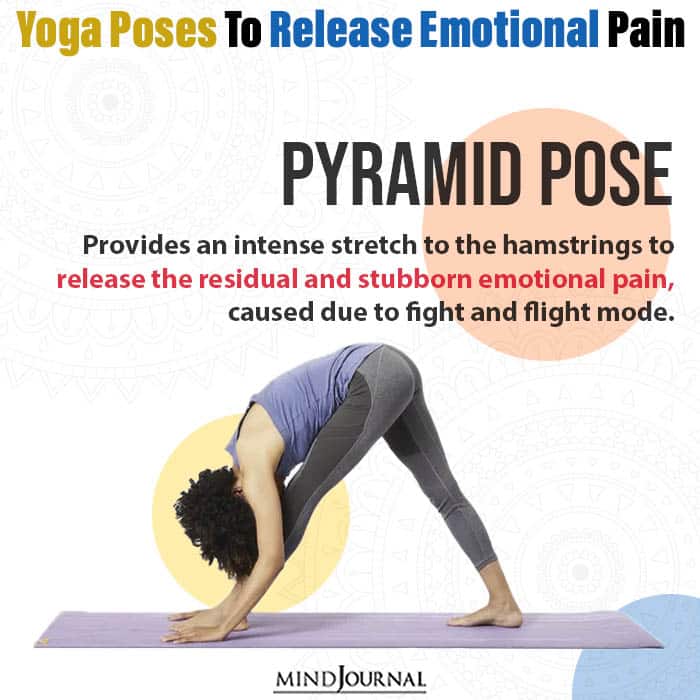
Why does it work?
Hamstrings are the main group of muscles that aid in movement and therefore get activated every time our body gets into a fight or flight mode. But the problem arises when our sympathetic nervous system gets into overdrive and our parasympathetic nervous system is unable to calm us down even after the event is over. This leads to residual emotional energy getting stored in our hamstrings. This is why a lot of us experience tight hamstrings.
The pyramid pose is an excellent pose that provides an intense stretch to the hamstrings to release stuck emotions.
How to:
1. Start in mountain pose. Separate your feet about 3.5 to 4 feet apart by taking your left foot back.
2. Inhale, press your feet firmly on the ground, draw your navel in, lengthen your tailbone, square your hips, and interlace your fingers behind the back.
3. Exhale, bend forward towards your knees and rest your forehead on the knees or the shin depending on your flexibility.
4. To release the posture, press your back heel firmly into the ground and come up slowly. Repeat on the other side.
Duration:
Hold anywhere between 15 seconds to 1 minute on each side (left and right).
Contraindications:
Avoid this pose if you are suffering from back injury or high blood pressure and do Ardha Parvottanasana instead (beginner version of Pyramid pose).
4. Headstand
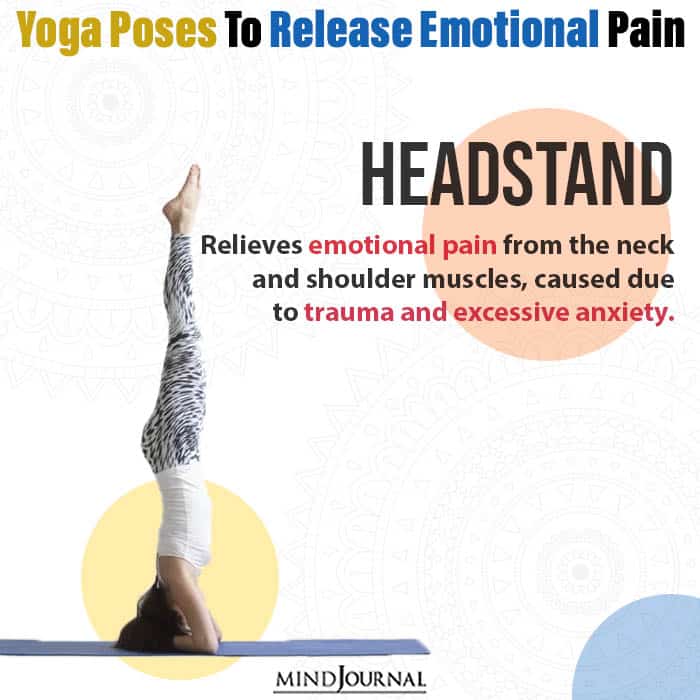
Why does it work?
The human head is a pretty heavy organ weighing approximately 8 pounds. We put a lot of strain on our neck muscles by dropping our heads while working on phones and laptops.
Trauma can seriously affect our breathing patterns. Due to constant panic and anxiety, we do a lot of shallow breathing by raising our collar bones and shoulders instead of breathing deeply from the abdomen, putting additional strain on the neck muscles. This generally leads to tightness in our neck and shoulder areas.
A headstand is an excellent pose to relieve tension from the neck and shoulder muscles. It also improves the body’s alignment by getting the head and the rest of the body in a straight line. The inverted posture leads to an increased supply of blood to the brain to regulate the autonomic nervous system.
How to:
1. Begin in the child’s pose.
2. From the child’s pose, sit on the heels. Bring your arms together and make a tripod on the ground.
3. Place the head on the ground with the back of the head against the hands. Raise the hips and walk your feet towards the head. Keep the hips up and knees straight.
4. Bend the knees in towards your chest and bring the heels up to the buttocks.
5. Straighten the back and knees.
6. To come out of the posture, bend the knees bringing them to the chest, and slowly bring your feet back to the floor.
Duration:
Start with 15 seconds and gradually deepen the practice to hold up to one minute.
Contraindications:
- Do not attempt the pose if you are suffering from back pain, neck problems, heart condition, high blood pressure, or glaucoma.
- Women should not do this posture during menstruation or pregnancy.
Related: Which Kind Of Yoga Should You Practice Based On Your Lifestyle?
5. Pond Pose
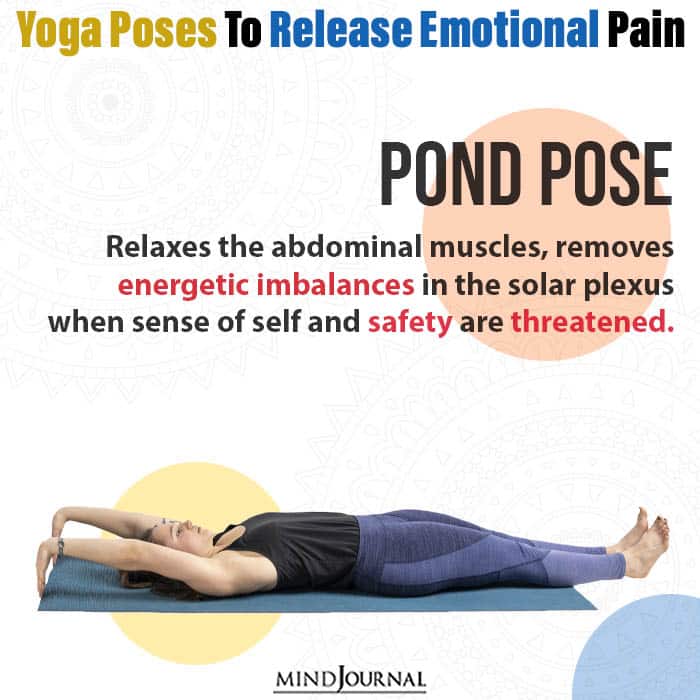
Why does it work?
The solar plexus or the third chakra located in the stomach area governs self-empowerment and willpower. When we face a traumatic situation and our sense of self or safety is threatened, it can manifest as an energetic imbalance in the solar plexus. It can physically manifest as shallow breathing or gastrointestinal problems.
Pond pose is an excellent stretching pose that relaxes the abdominal muscles and enables us to do deep abdominal breathing.
How to:
1. Lie flat on the back.
2. Stretch your arms overhead and lengthen your spine.
3. Inhale deeply and allow your belly to rise up.
4. Exhale completely and contract your abdomen to return to its original position.
Duration:
It is a stretching pose to elongate the spine. Hold it for as long as it is comfortable.
Contraindications:
None unless mentioned specifically by your physician.
6. Bound Angle Pose
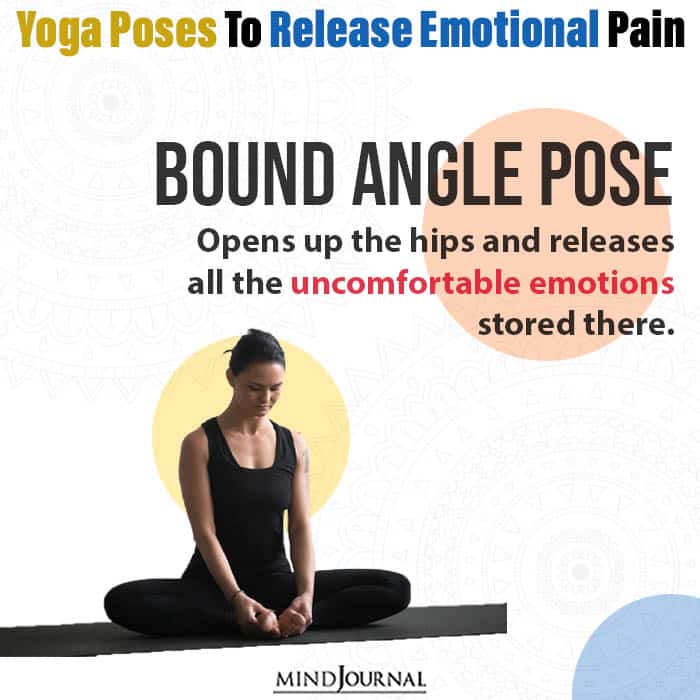
Why does it work?
The hips are located near the second chakra or the sacral chakra which governs our creativity, sensuality, and emotional body. The hips are usually referred to as emotional junk drawers because they store a lot of uncomfortable emotions.
Bound Angle pose is an excellent hip-opening pose that helps to open the hips and release these emotions.
How to:
1. Sit with your legs straight out in front of you.
2. Inhale, bend your knees, and pull your heels as close to you as comfortable. Then drop your knees on the ground and bring the soles of your feet together.
3. Exhale, hold your toes and kneel forward.
4. To come out of the pose, lift your knees off the floor and extend the legs in front of you to return to the starting position.
Duration:
You can hold the pose anywhere between 1 to 5 minutes.
Contraindications:
Do not attempt the pose if you are suffering from a knee injury.
Related: 6 Yoga Mudras To Heal Common Ailments
In addition to the above-mentioned yoga positions, you can try the following simple yoga poses that are also great for releasing tension and promoting relaxation.
The Warrior Pose
The Goddess Pose
The Pigeon Pose
The Child Pose
The Corpse Pose or Savasana
The Butterfly Pose
Once we start practicing these yoga poses regularly, we will be able to clear the energetic blockages, and life force or prana will be able to move freely in our body.
However, yoga is a holistic lifestyle that goes beyond performing Asanas. It encompasses mantras, meditation, and self-inquiry.
While celebrating International Yoga Day 2024, remember that Yoga means “union”; it is a beautiful journey towards the union of body, mind, and spirit.
We hope you will try out these simple yoga poses. Wish you a beautiful journey ahead! Happy Yoga Day!!!
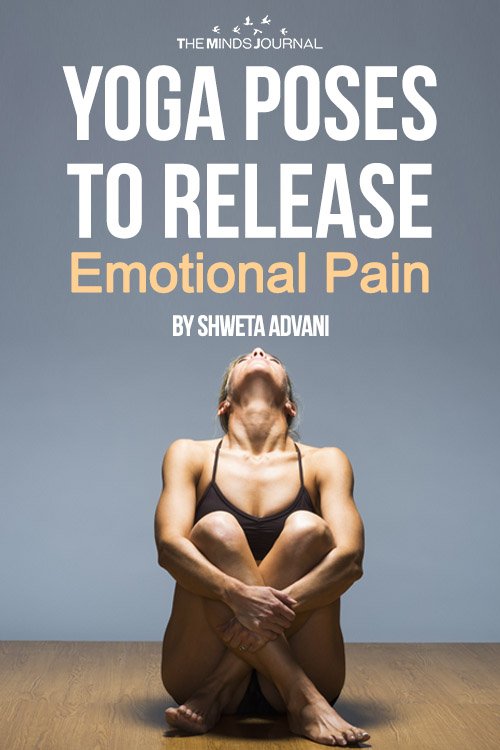
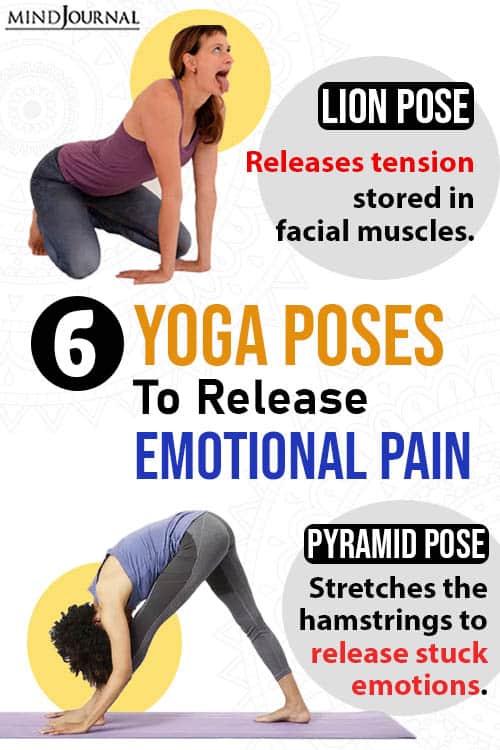
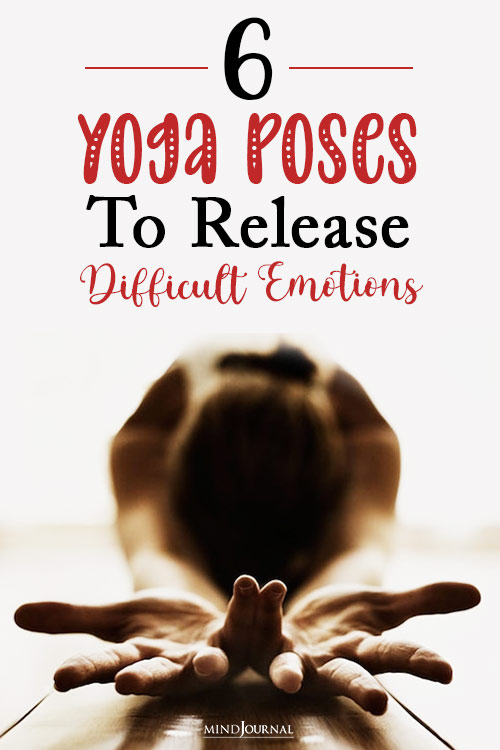
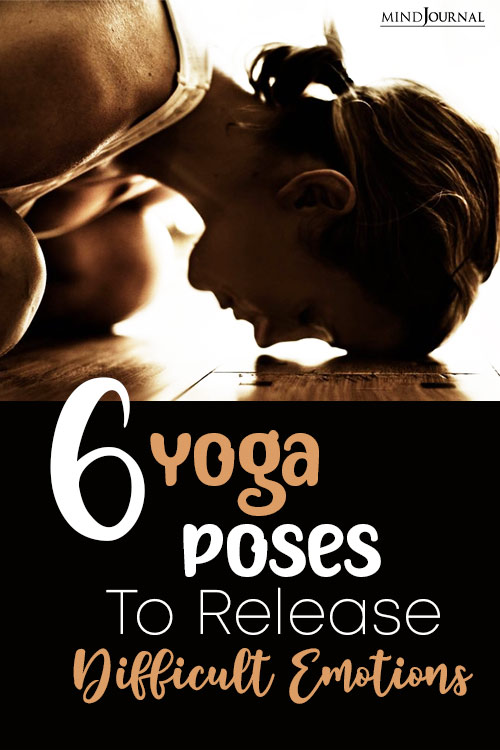
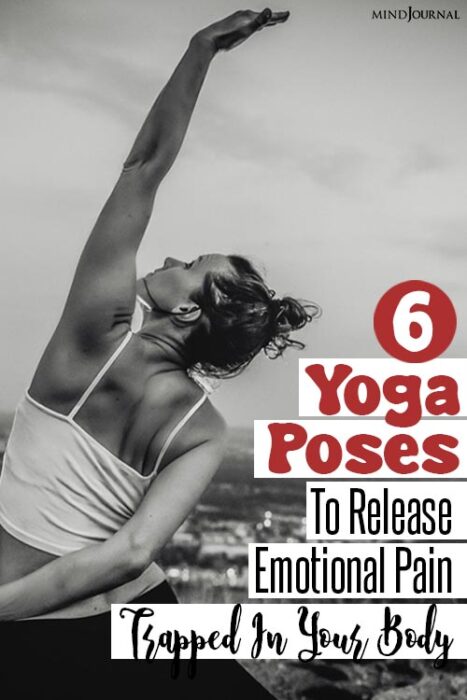
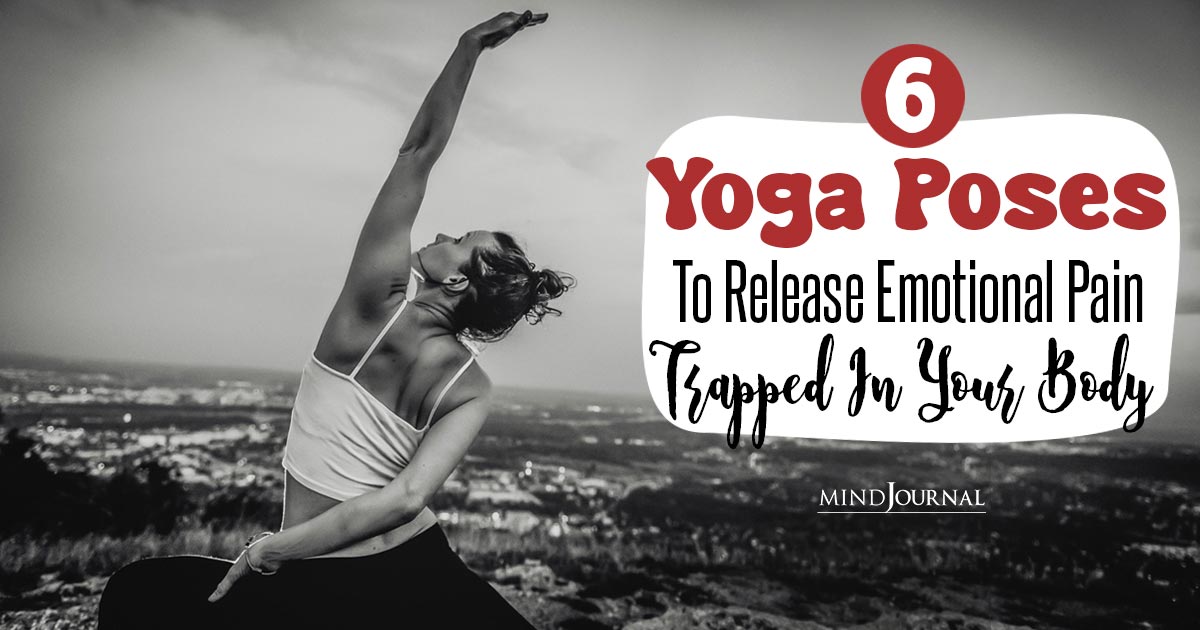
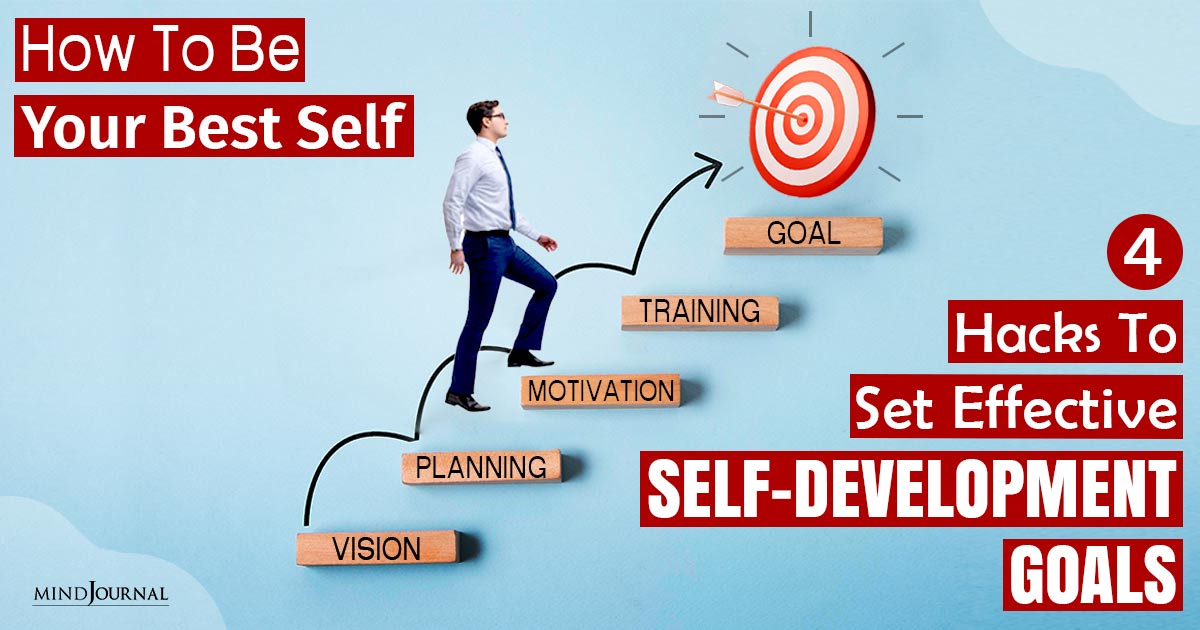

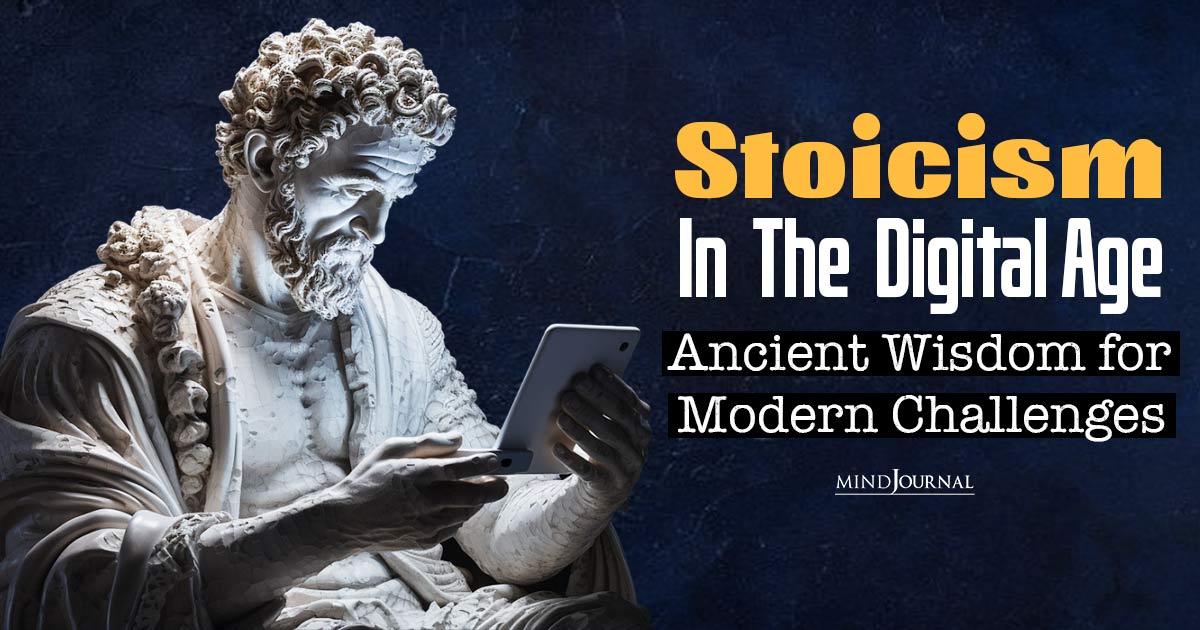
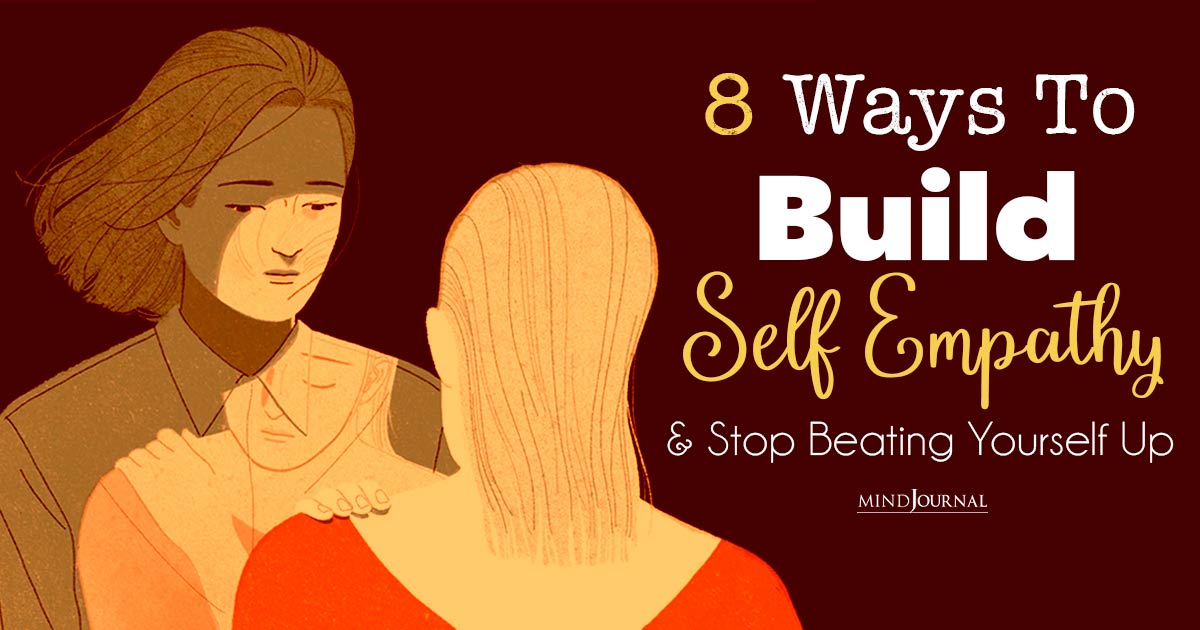
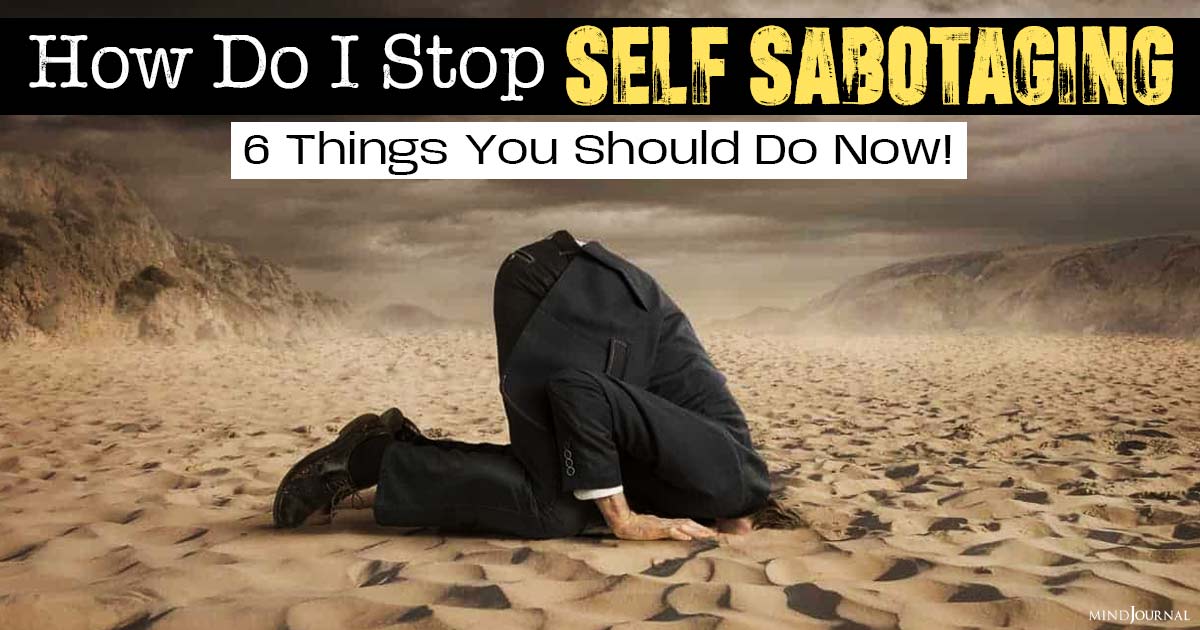

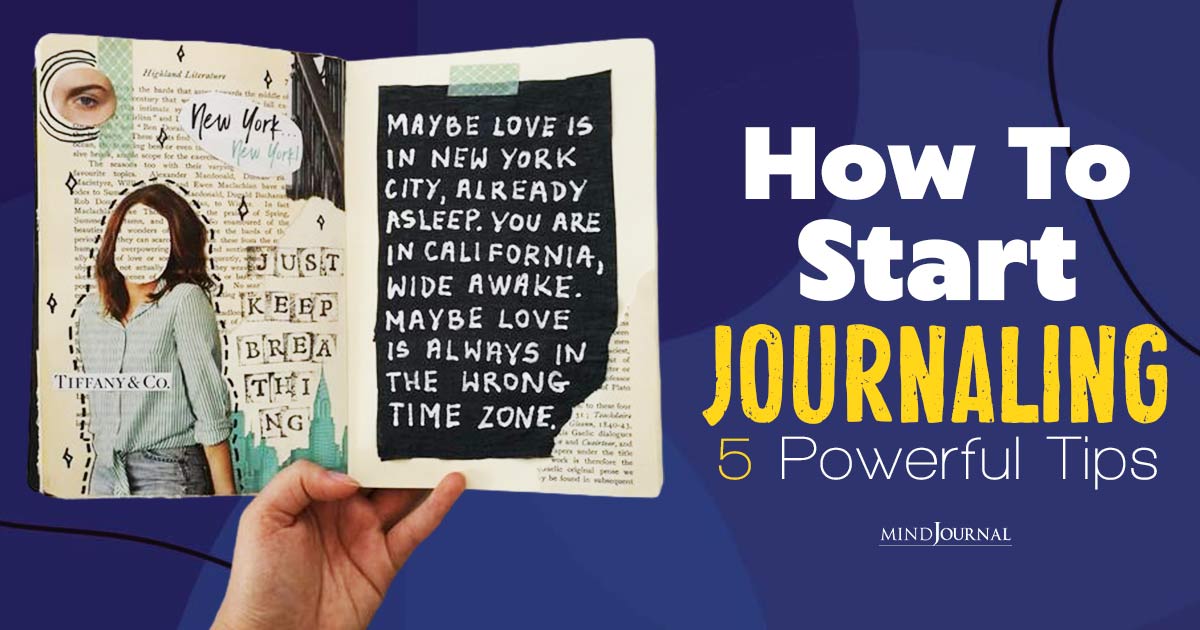
Leave a Reply
You must be logged in to post a comment.